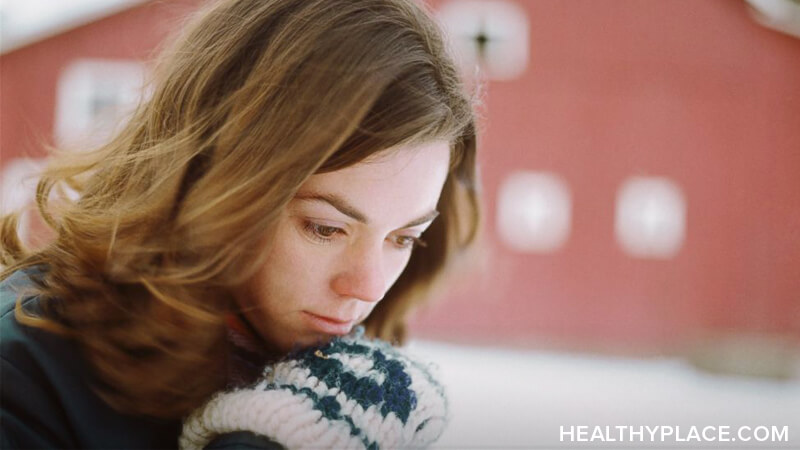Seasonal Affective Disorder (SAD) Symptoms – Who’s At Risk

Seasonal affective disorder symptoms are typically seen during the winter months but variations of the disorder cause different mood patterns and some people experience SAD symptoms during other times of the year.
Seasonal affective disorder, often referred to as "SAD," is a type of mental illness and is very common - with estimates of between 1.4% - 9.7% of the population experiencing some degree of SAD symptoms.1 The likelihood of seasonal affective disorder is partly due to climate, with people in New Hampshire being approximately six times more likely to develop symptoms of seasonal affective disorder than people in Florida.
Seasonal Affective Disorder Symptoms
Seasonal affective disorder requires depressive episodes be tied to a particular time of year. The Mayo Clinic recognizes three subtypes of seasonal affective disorder: fall and winter; spring and summer; and reverse.2
The most common pattern of symptoms in seasonal affective disorder has the onset of depression in the late fall. The full depressive episode is seen in the winter and remits during spring and summer. Winter seasonal depression disorder symptoms include typical major depression symptoms like a low mood and hopelessness as well as:
- Anxiety
- Loss of energy, fatigue
- Withdrawal from family and friends
- Hypersomnia (oversleeping)
- Loss of interest in previously-pleasurable activities
- Overeating, weight gain
- Difficulty in cognitive processing and concentrating
Winter seasonal affective disorder symptoms focus on low energy symptoms whereas summer seasonal affective disorder symptoms are more centered on agitation and irritability related symptoms. Summer SAD appears in the late spring, is most severe in summer and remits during the fall and winter. Other typical summer seasonal affective depression symptoms include:
- Anxiety
- Insomnia
- Lack of appetite, weight loss
- Increased interest in sex
There is a third, less common form of SAD disorder known as reverse SAD. Instead of a season bringing about depressive symptoms, seasons, generally spring and summer, bring about manic or hypomanic symptoms. This type of SAD is related to bipolar disorder. Reverse SAD symptoms include:
- Elevated mood
- Agitation
- Rapid thoughts and speech
- Increased social activity
- Hyperactivity
- Unbridled, unreasonable enthusiasm
It's important to note while reverse SAD is a type of seasonal affective disorder, light therapy, commonly used in SAD treatment, may not be indicated and may further destabilize mood in bipolar disorder.3
Risk Factors for Seasonal Affective Disorder
The direct cause of the disorder, SAD, is not known, but it is thought to be a biochemical problem with genetic and environmental components. Risk factors for developing seasonal affective disorder include:
- Gender – females are most often diagnosed with SAD
- Location – the further a person is from the equator, the greater the risk for SAD
- Family history – as with other types of depression, SAD tends to run in families
- Bipolar disorder – people with reverse SAD have bipolar disorder
APA Reference
Tracy, N.
(2022, January 3). Seasonal Affective Disorder (SAD) Symptoms – Who’s At Risk, HealthyPlace. Retrieved
on 2025, December 20 from https://www.healthyplace.com/depression/seasonal-affective-disorder/seasonal-affective-disorder-sad-symptoms-whos-at-risk


